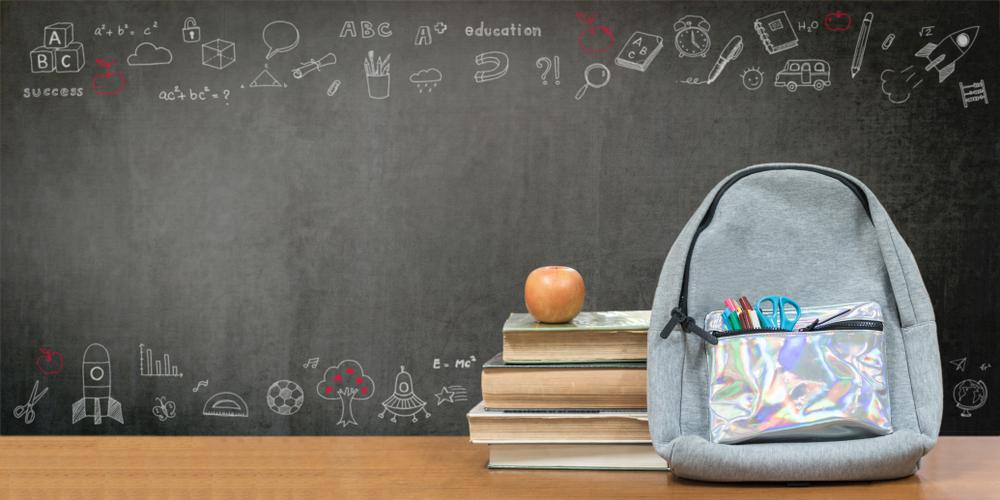Logical thinking development Normal Worksheets for Ages 5-9
8 filtered results
-
From - To
Nurture young minds with our "Logical Thinking Development Worksheets" designed for children ages 5-9. These expertly crafted resources aim to enhance critical thinking and problem-solving skills through engaging activities. Kids will explore patterns, sequences, and puzzles that stimulate cognitive growth while having fun. Tailored to support developmental milestones, our worksheets are perfect for classroom use or at-home practice. Empower your child with the tools they need to excel in logical reasoning, preparing them for future academic success. Discover the joy of learning with our thoughtfully designed exercises that make logical thinking an enjoyable and rewarding experience.
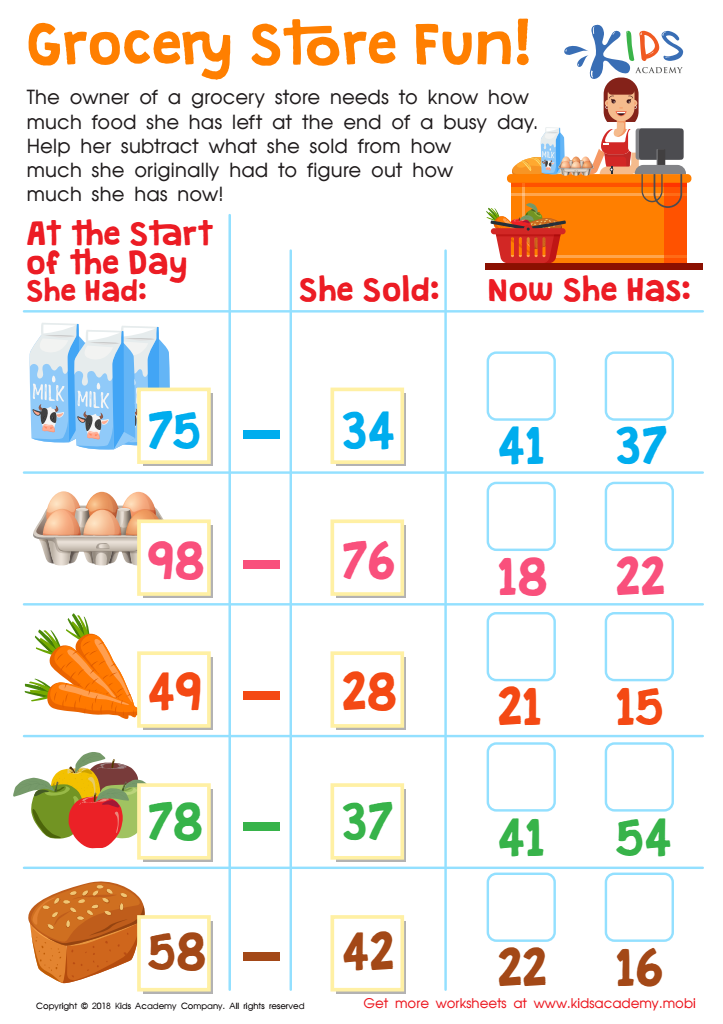

Grocery Store Fun! Worksheet
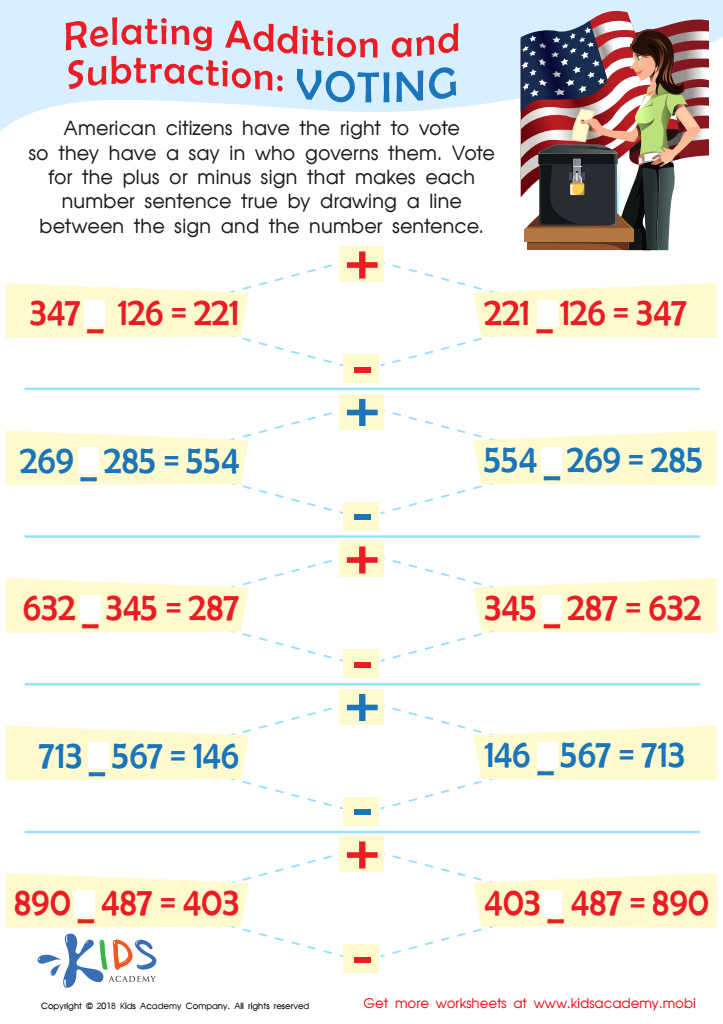

Voting Worksheet
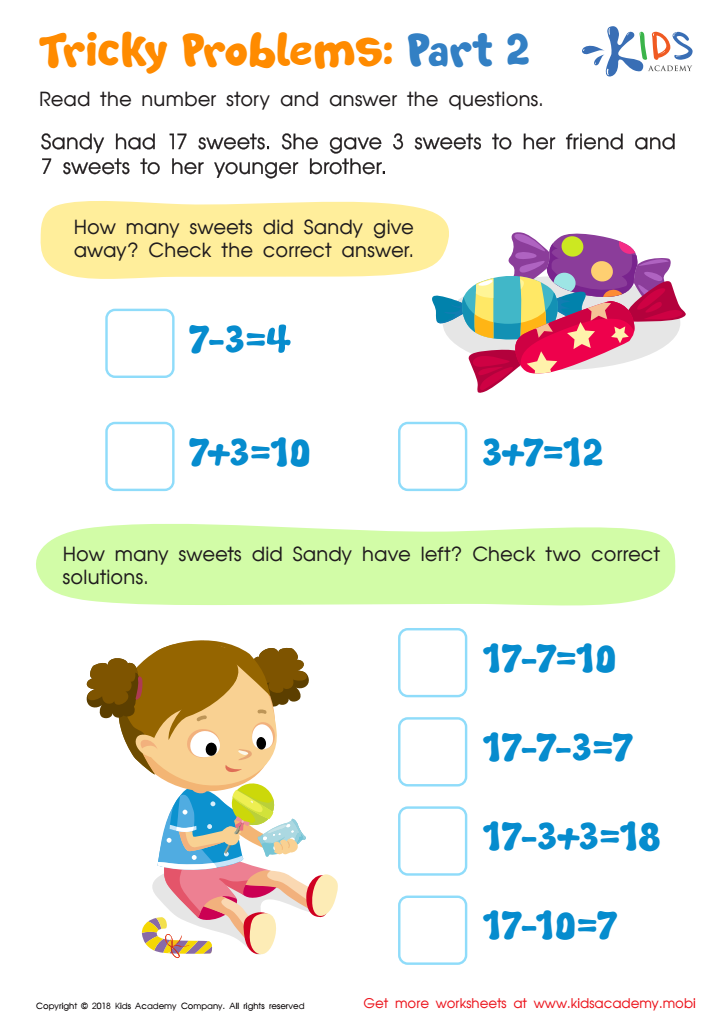

Tricky Problems Worksheet: Part 2
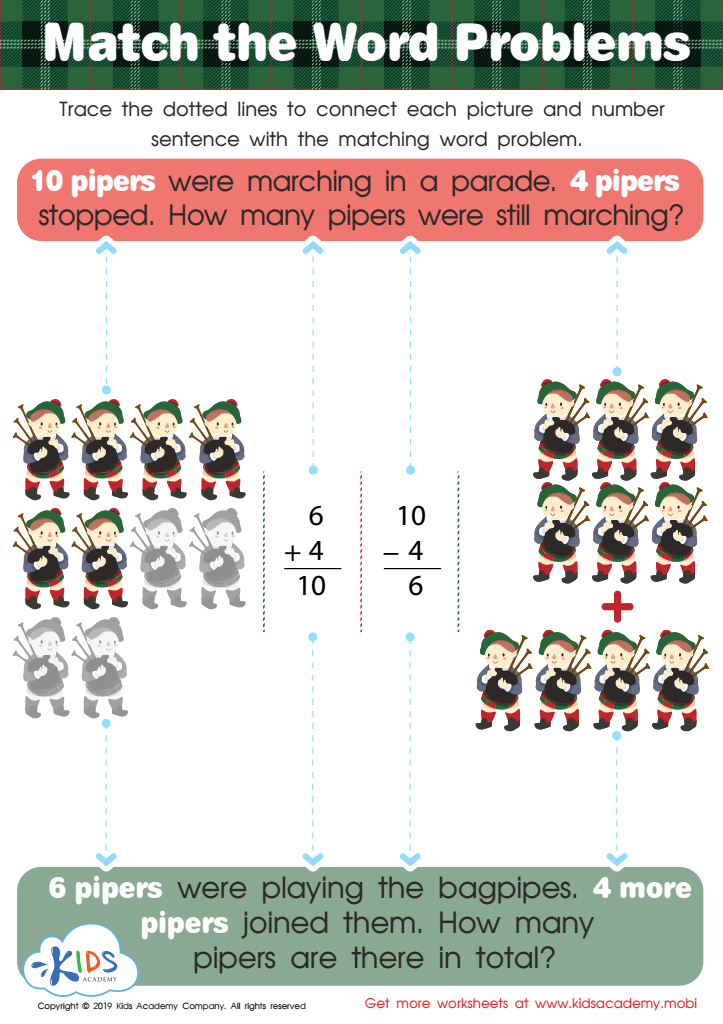

Match the Word Problems Worksheet
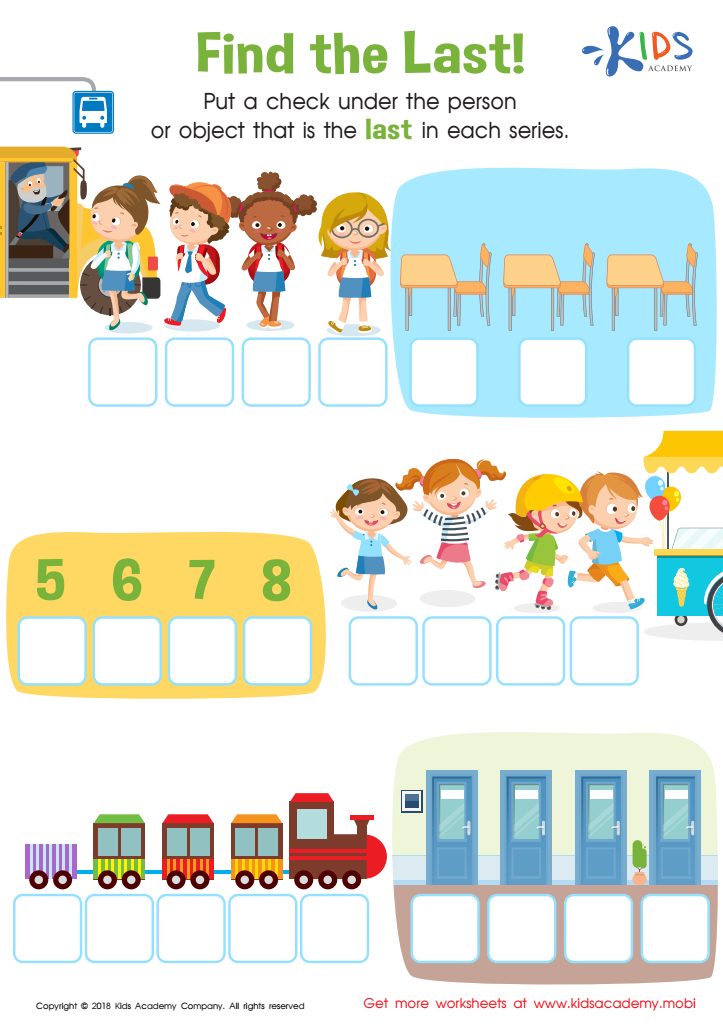

Find the Last! Worksheet
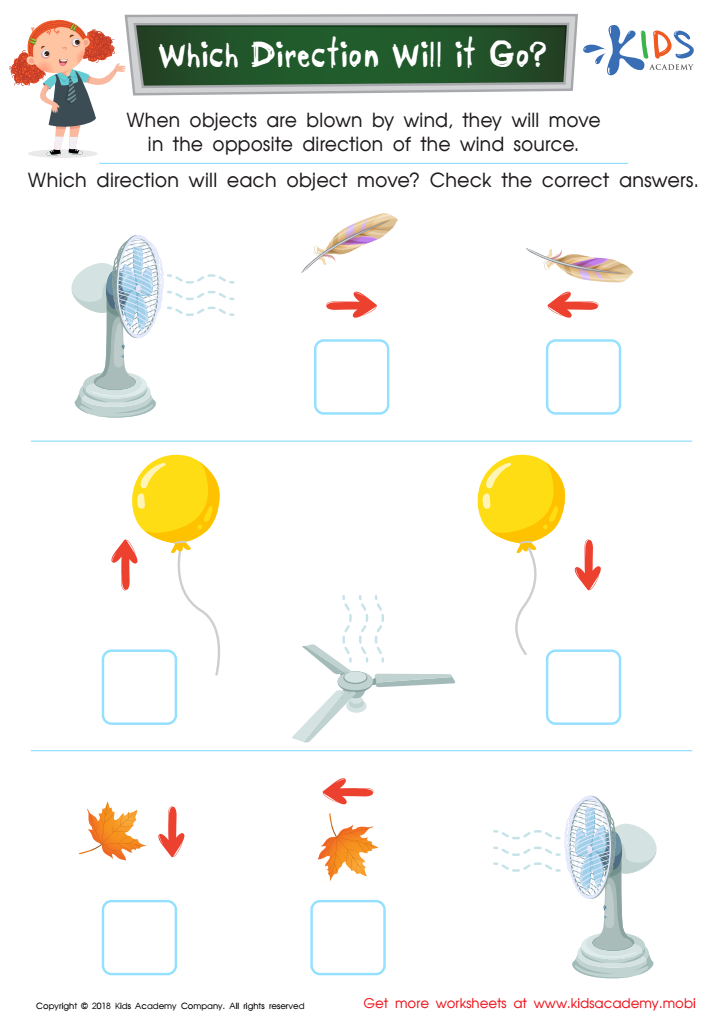

Which Direction Will it Go? Worksheet
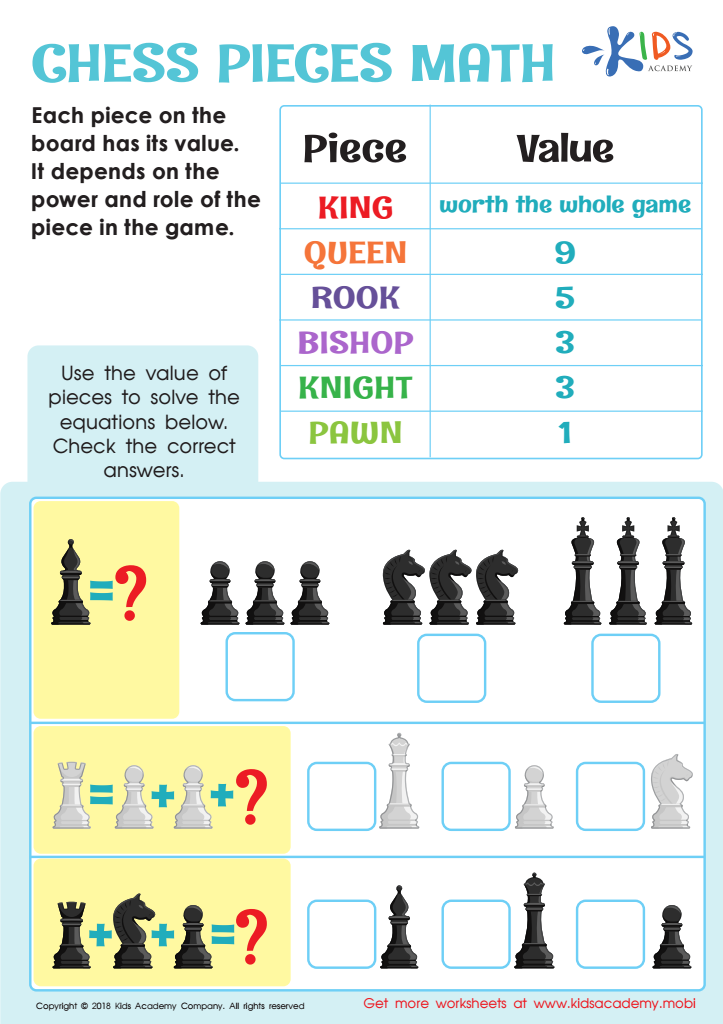

Chess Pieces Math Worksheet
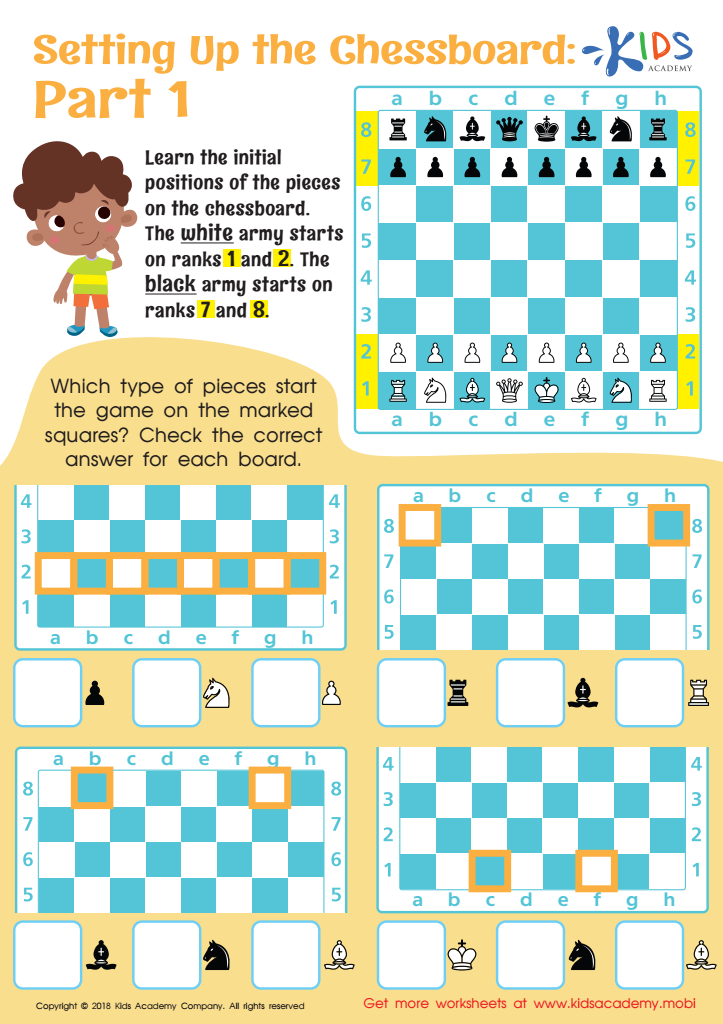

Setting up the Chessboard: Part 1 Worksheet
Logical thinking development is crucial for children aged 5-9 as it lays the foundation for academic success and everyday problem-solving. At this age, kids are naturally curious and starting to explore the world with more structured thought processes. By nurturing logical thinking, parents and teachers help children develop critical skills like reasoning, sequencing, and categorizing information. These abilities are fundamental for understanding subjects such as math, science, and reading comprehension.
For example, learning to solve a simple math problem involves recognizing patterns and understanding sequences. Similarly, reading comprehension improves as children learn to infer meaning and predict what might happen next in a story. Logical thinking also enhances decision-making skills and teaches kids how to approach problems systematically, which is vital for academic tasks and real-life situations.
Moreover, fostering these skills boosts a child’s confidence and independence. As they master complex tasks and solve problems on their own, they gain a sense of accomplishment. Parents and teachers play a critical role by providing activities that challenge young minds, such as puzzles, games, and open-ended questions that require some thought process. Essentially, developing logical thinking from an early age prepares children for future educational endeavors and equips them with skills necessary for lifelong learning and adaptation.
 Assign to My Students
Assign to My Students






